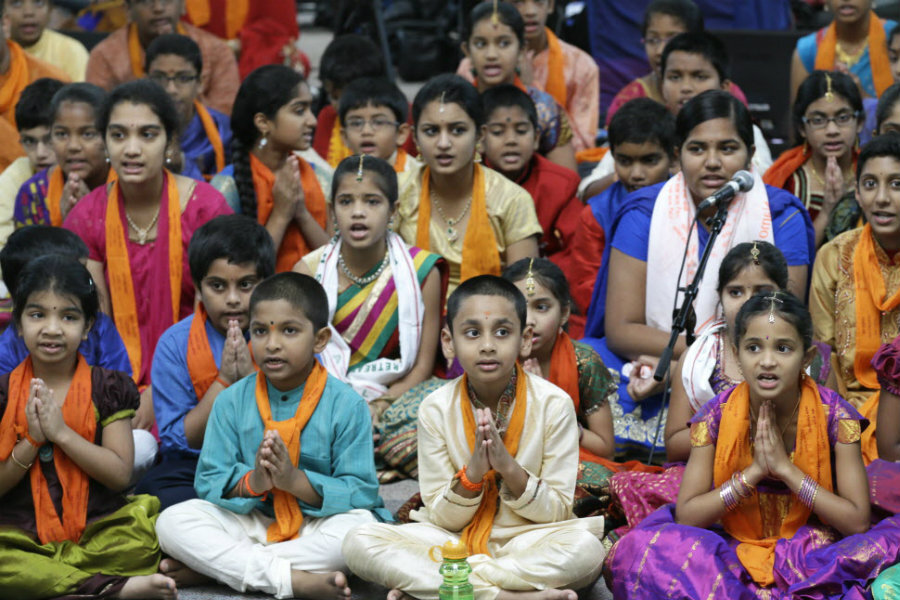Republican debate on illegal immigration is missing the point, study suggests
Loading...
In the face of heated rhetoric about undocumented immigrants from Latin America, a new report has noted that their influx into the United States is slowing – and that a broader demographic shift is taking place within the nation’s immigrant population.
While the country’s foreign-born share has soared to record highs, the population of 11 million unauthorized immigrants has remained relatively unchanged since 2009, the study found. Meanwhile, the makeup of the foreign-born population is changing, with Asians expected to be the largest share of immigrants – about 36 percent – by 2055, making them the fastest-growing racial group in the country.
The findings, released by the Pew Research Center on Monday, suggest a gap between the actual state of immigration and the polarized political discourse about it, some experts say. The report also highlights Americans’ views about how immigrants affect US economy and society – views that some say need to be addressed for meaningful dialogue to take place.
“To some extent, the discourse around [immigration] is driven by rhetoric rather than data,” says Jeffrey Passel, senior demographer at Pew. “Were that fact more widely known, it could inform how we can best respond to the issue,” he adds.
The center has previously reported on the decrease in unauthorized immigrants in general, and from Mexico in particular. But among Republicans, the immigration debate has largely focused on how to address undocumented immigrants, with candidates for the 2016 presidential elections wrangling over proposals about mass deportation and border security.
“This means that the whole US debate over immigration is skewed,” writes Noah Smith, an assistant professor of finance at Stony Brook University in New York, for Bloomberg. “[W]ith undocumented immigration now declining, this aspect of the issue is less and less numerically important.”
Leaders should instead hone in on policies that boost immigrants’ contribution to the US labor market, such as training and English-language programs, and bring in foreign-born nationals who can have a positive impact on the American economy, says Daniel Costa, director of immigration law and policy research at the Economic Policy Institute.
“The problem is perception hasn’t matched the reality,” he says. As a result, “we haven’t been able to get a rational immigration reform law passed that improves things ... so that we’re using immigration both to get skilled, talented migrants from abroad and as a tool to fill labor shortages.”
The focus on unauthorized immigrants has also drawn attention away from Asian Americans’ growing political potential. About 47 percent of Asian Americans and Pacific Islanders don’t identify with either Republicans or Democrats, which leaves “a sizable portion of the AAPI electorate up for grabs for both parties,” according to the Center for American Progress.
“The Pew report underscores the fact that there’s not enough hard data to know what the true needs of the [Asian-American] community are,” which obstructs meaningful dialogue, says Christopher Kang, director of the National Council of Asian Pacific Americans, a Washington-based coalition of Asian Pacific organizations.
Part of the problem, he says, is perception: The Pew report found that majority of US adults see immigrants as having a positive impact on American food and culture, but a negative impact on crime and the economy. And while Americans do have a more positive view of Asians than of other immigrant groups, Mr. Kang notes that the notion reinforces the “model minority” myth, which tends to incorrectly lump all Asian Americans into one monolithic, successful group. But immigrants from India and China have different concerns than those from, say, Bangladesh.
“We do have a lot of different needs that need to be addressed,” including family reunification, health care, and poverty, he says.
Engaging Asian-American communities at the ground level and recognizing that they have diverse concerns would be a step toward activating their political power and conceiving of truly comprehensive immigration reform, he continues.








